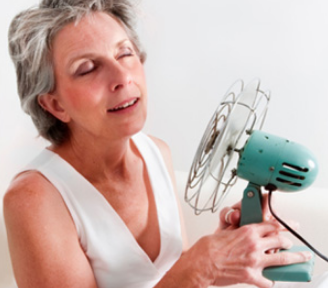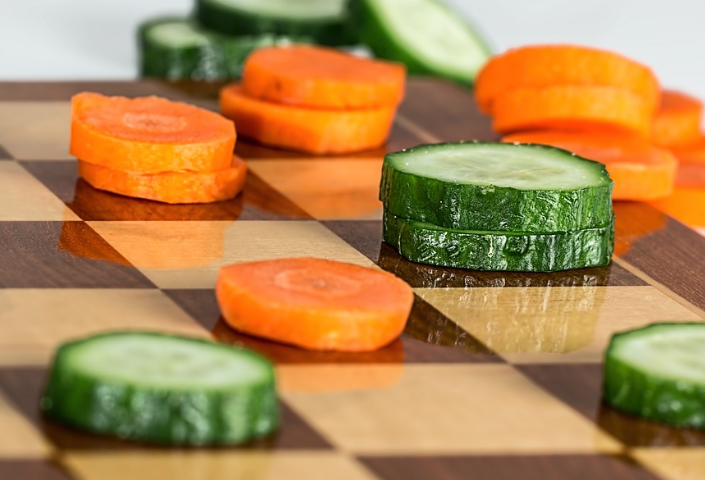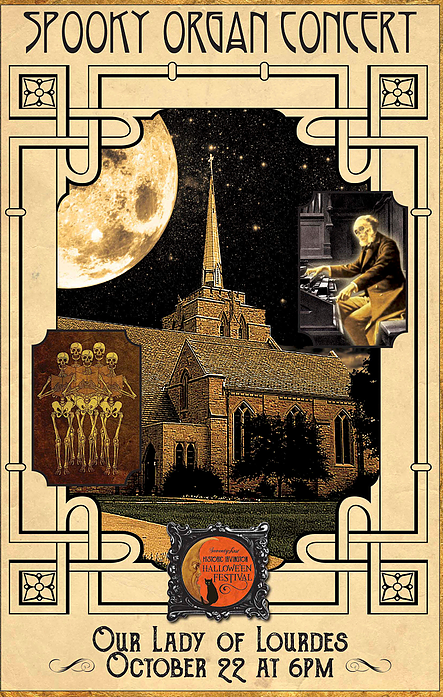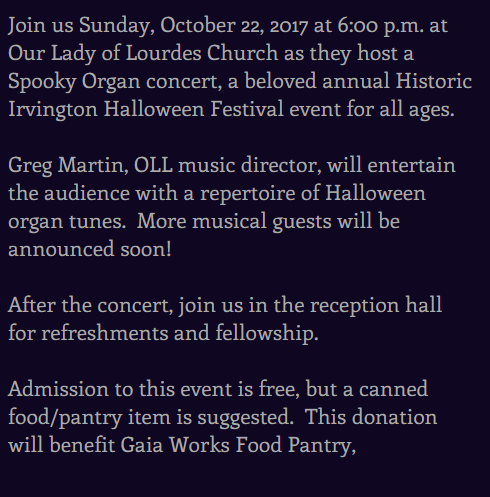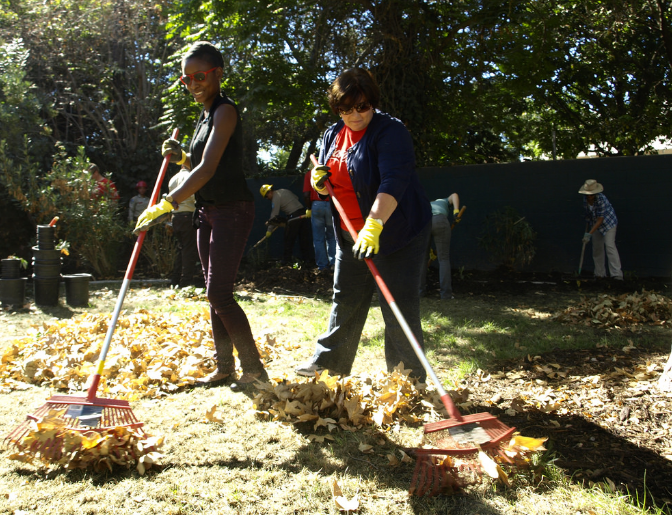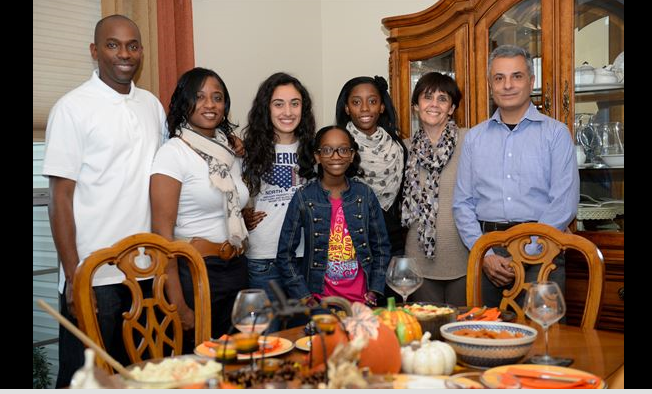 As you sit down around the table and give thanks for your family and friends, be sure to also give thanks for your health. Whether you have lifestyle changes you are struggling to make, have successfully made a healthy transition, or have not even considered the importance of healthy living, use this opportunity to appreciate yourself. The best way to appreciate yourself, your body, and your health, is to treat yourself right, and by modeling that behavior so your children and other family members will see that they can make healthier choices as well.
As you sit down around the table and give thanks for your family and friends, be sure to also give thanks for your health. Whether you have lifestyle changes you are struggling to make, have successfully made a healthy transition, or have not even considered the importance of healthy living, use this opportunity to appreciate yourself. The best way to appreciate yourself, your body, and your health, is to treat yourself right, and by modeling that behavior so your children and other family members will see that they can make healthier choices as well.
Here are six ways to give T.H.A.N.K.S this year from the Alliance for a Healthier Generation:
T—Trade. If you are cooking for your family, trade fattening ingredients for healthier alternatives. Reduce the use of oil and butter in baked goods, and use olive oil instead of vegetable oil. Olive oil has a lower content of unhealthy fats and even provides some health benefits.
H—High fiber. Start your Thanksgiving with a high-fiber breakfast. Skipping breakfast in an attempt to “save room” will only lead to over indulgence. Eggs, whole-grain items and fruit will keep your body satisfied and your metabolism steady in the hours leading up to your Thanksgiving meal.
A—Add dessert. Eliminating your favorite dessert around the holidays is painful and unnecessary, so add some to your plate! What is important is portion control. Take a smaller serving and be sure to scout out the dessert table before choosing so you don’t go back for that second dessert you overlooked the first time around.
N—No excuses. Cold weather is no excuse for sitting on the couch after dinner. If it isn’t warm enough for a family football game or other outdoor activity, plan something indoors. Games such as Twister, Charades and Simon Says can be fun for the whole family and will get everyone moving!
K —Keep Moving. Keep the whole family up and moving by making table clean-up fun! Instead of immediately retreating to the television, turn off the TV and turn on some of your favorite music while you and your loved ones clear the table and wash the dishes.
S— Stop stuffing. Stuff the turkey, not yourself! If you eat slowly and talk with other guests between bites, your food will fill you up before you get the chance to stuff yourself. It is important to acknowledge when you are full—there is no need to store up food for the winter!
https://www.healthiergeneration.org/news__events/2016/10/06/862/give_thanks

